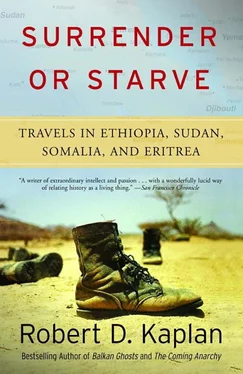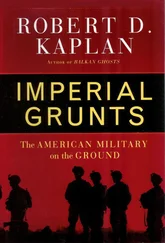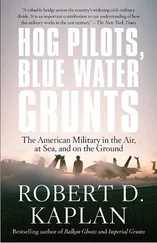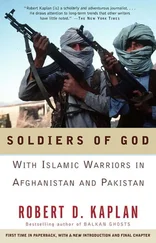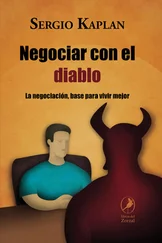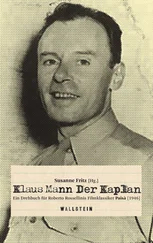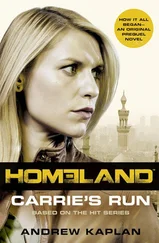In one bunker, whose roof is camouflaged by dark blankets and acacia branches, people don white lab suits and warm up British, Belgian, and West German machines trucked in pieces from Sudan and then reassembled. This is a tablet factory. In 1986, 40 million pills were produced, according to pharmacist Sennay Kifleyesus, including three million aspirin tablets and five million doses of chloroquin to fight malaria. Chloroquin is composed of four raw materials: talc, starch, cab-o-sil, and magnesium sterrate. Kifleyesus hopes to start production of some of these items soon. “We have to be more self-sufficient; we can’t depend on anyone,” he says. Kifleyesus is just one of many university-educated people smuggled into these canyons where no carbonated drinks are available and where the meals offered usually consist of only wot and enjerra, a lentil gruel served on a soggy, breadlike substance made from sorghum. The tablet factory is merely part of a large hidden medical complex, which includes an 800-bed hospital, where men and women trained in Ethiopia, Italy, Greece, Israel, the Soviet Union, the United States, and elsewhere are at work. In another bunker, four kinds of intravenous solutions are manufactured in reused plastic containers affixed with locally printed labels in the squiggly script of the Tigrinya and Tigre languages. Blood is stored in refrigerators powered by wind and solar energy. Skin grafting is accomplished in an operating room with boarded-up windows, a rough cement floor, and flies buzzing around a dirty fluorescent light.
A few miles away from the medical complex, in a mountain-side hut, crippled people operate an Italian-made machine that produces 10,000 sanitary towels per hour for women soldiers at the front. In other workshops, radios and VHS video units are repaired, and architects are designing roads and irrigation systems fed by the floor runoff. While everywhere else in famine-stricken Africa the scientific know-how and initiative are provided by U.S. and European technicians, here it is different: undernourished children are being fed with a dietary supplement invented in 1984 by a local nutritionist, Dr. Azieb Fessahaye, consisting of 55 percent wheat or durra, 20 percent finely ground chick peas, 10 percent sugar, 10 percent milk powder, and 5 percent egg powder. For feeding purposes, one part of the dry mixture is added to three parts of water; 4,400 pounds a month are being produced for 5,000 children.
It is fully dark now, and at an altitude of 5,000 feet the close starscape seems to breath. In a place where the daily routine is determined by the flight patterns of MIG jets and the lack of an effective antiaircraft cover—where even reservoirs must be concealed beneath camouflage nets—the workday has just begun for black Africa’s most ingenious society.
Welcome to Orotta, the base camp of what U.S. intelligence experts consider the world’s most sophisticated guerrilla fighters, the Eritrean People’s Liberation Front (known in Tigrinya as the Hizbawi Ginbar Harnet Etra), whose civilian offshoot, the Eritrean Relief Association (ERA), is considered the most effective locally based famine relief agency in Africa. If one thinks of Orotta as the administrative capital of a sovereign polity, which in reality it is, then by Western standards of efficiency, Orotta is one of the few black African capitals that actually “works.” Orotta also is the only capital not recognized by any Western power, even though the EPLF is doing more to bleed the resources of a Soviet-backed regime than are the contras in Nicaragua or the Angolan rebels led by Jonas Savimbi.
Orotta does not appear on any international map. Even Eritrea, for that matter, appears only as the delta-shaped, north-ernmost province of Ethiopia, capped at the top by a range of mountains that flattens out to form the Barka plain in the west; with the protruding arm of the Danakil depression—one of the hottest regions on earth—jutting in a southeasterly direction along the Red Sea. It is from the Greek word for the Red Sea, Erythra Thalassa, that Eritrea derives its name. Although only about fifty thousand square miles in area (the size of Pennsylvania or Mississippi, or, perhaps more to the point, Nicaragua), Eritrea holds the key to Ethiopia’s political stability and territorial integrity. Eritrea also forms the basis of Ethiopia’s strategic value: without Eritrea, Ethiopia would be a landlocked nation. The late emperor Haile Selassie, who prosecuted a war against the Eritreans for the last twelve years of his rule, was keenly aware of this. So, too, is the new communist potentate, Lieutenant Colonel Mengistu Haile Mariam. At the core of all the mass executions, cabinet-level shootouts, and opaque conspiracies that helped Mengistu consolidate power in the late 1970s were differences about the war in Eritrea. The fate of the Marxist regime and its close relationship with the Soviet Union has been dictated by the progress of the war. The war has been responsible for the majority of logistical boondoggles plaguing the famine relief effort—weapons consignments receive priority at the port of Assab; half of Ethiopia’s trucking fleet is utilized by the military; C-130 cargo planes transporting grain have been delayed at local airports because fuel often is siphoned off for patrols over Eritrea and neighboring Tigre province by MIGs and Mi-24 HIND helicopter gunships. If U.S. influence in Addis Ababa is marginal despite the generous outpouring of food aid, it is because of Washington’s refusal to get involved in the war.
This is Africa’s longest running and most competently fought war. Facing off against the world’s best guerrilla fighters are upward of one hundred fifty thousand Ethiopian government soldiers—half of the total troop strength of black Africa’s largest and best-trained standing army. (The EPLF, with an estimated 35,000 fighters, is out-numbered by almost five to one.) The war, which has gone on since September 1961, when the government of Haile Selassie abrogated a U.N.-sponsored autonomy agreement with Eritrea, is literally a war without end, by whose interminable standards the Iraq-Iran conflict pales in comparison. More than a quarter million people have died so far on the battlefield, and about three-quarter million Eritreans have been exiled or internally displaced. But these figures are deceptive because the fighting of recent years has been the most bloody.
By 1986, Kidane Ghebermedhin, thirty-five, already had been at the front for nine years. His situation was not unusual. With no fixed period of service, many in Eritrea have fought as guerrillas for a decade or more. Their khaki shirts and shorts, canvas anklets, black plastic sandals, and Kalashnikov assault rifles are often all these guerrillas own. Many have gray hair by their early thirties. Never have I seen people who age as quickly as do these Eritreans. When I asked Ghebermedhin in October 1986 if he was discouraged after being a soldier for so long, he closed his eyes and shook his head. He didn’t seem to understand the question. “I’m happy just being a fighter; I never think any more about town life.”
A quarter century of conflict in Eritrea has engendered a monastic approach to existence, whereby absolute self-reliance, coupled with deprivation, has become a form of worship. In place of religion, which has been de-emphasized in recent years, there has developed an intense form of national and social cohesiveness born of isolation and historical entrapment.
From as far back as 3000 b.c., when, according to Egyptian hieroglyphs, pharaonic galleys journeyed to the farthest reaches of the Red Sea coast in search of myrrh, Eritrea has been pivotal to the overall destiny of Ethiopia, while at the same time evolving separately from it. However clear this pattern may be to the inhabitants of the region, the complexity of this relationship has kept Eritrea from achieving a distinct identity in the minds of foreigners. This failure of comprehension by the outside world has been partly responsible for the almost palpable sense of “aloneness” that permeates the Eritrean psyche.
Читать дальше
